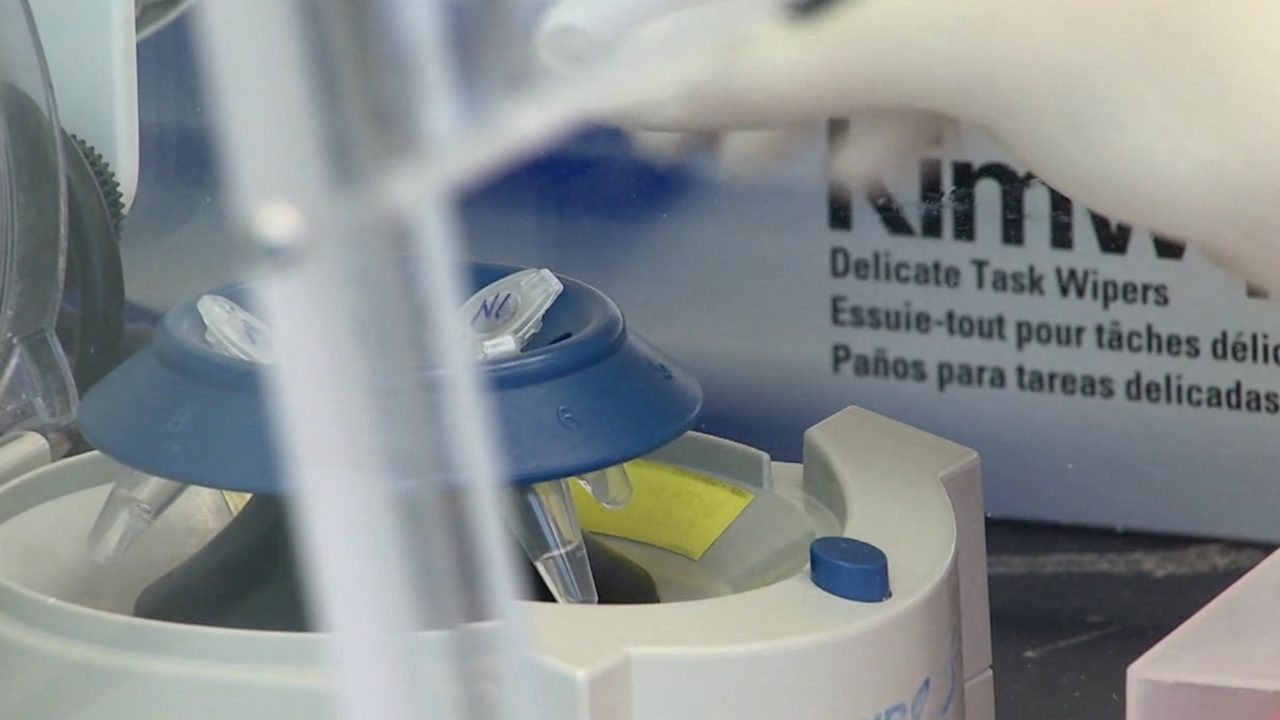PHOENIX — Rapid testing is a critical component to tracking the coronavirus, halting its spread and hopefully reopening the economy.
“It’s a big deal. I mean we’re going to have results basically within an hour of receiving the specimen,” said Valleywise Health Lab Director Wesley Candelaria.
Candelaria will be overseeing the rapid testing at Valleywise which is rolling out next week. “It’s a closed system so it’s very kind of hands off and automated which is why it speeds up the turn around,” said Candelaria.
Once a nasal swab is taken from the patient, it’s put into a small cartridge. “And then it goes on a little conveyor belt and the cartridge into the automated instrument where a robotic arm does all the work from there,” said Candelaria.
The testing cycle takes around forty-five minutes. Results automatically update in the patients chart while wait in isolation.
While there is a desperate search for faster tests, some seem to have sacrificed accuracy for speed. “If you have a more rapid test, there is a concern,” said Candelaria.
A study released by the Cleveland Clinic this week used 239 positive specimens to evaluate five rapid test systems currently being utilized.
Those include the Abbott ID Now, DiaSorin Simplexa, Roche, and Cepheid’s system. It found the fastest system, Abbott ID Now could give results in 15 minutes but it also showed it was only accurate 85.2% of the time.
Meaning nearly 15% of samples tested negative even though they were positive. Simplexa came back at 89.3% accurate, Roche 96.5% and Cepheid GeneXpert, the system used by Valleywise, was 98.2% accurate.
“The quicker you can get a result, the quicker you have information that effects not only the patient but the people providing care to that patient,” said Candelaria.
The tests are restricted to Valleywise patients for now. The company says they have enough supplies to run more than 100 tests and expect to be able do more in the near future





